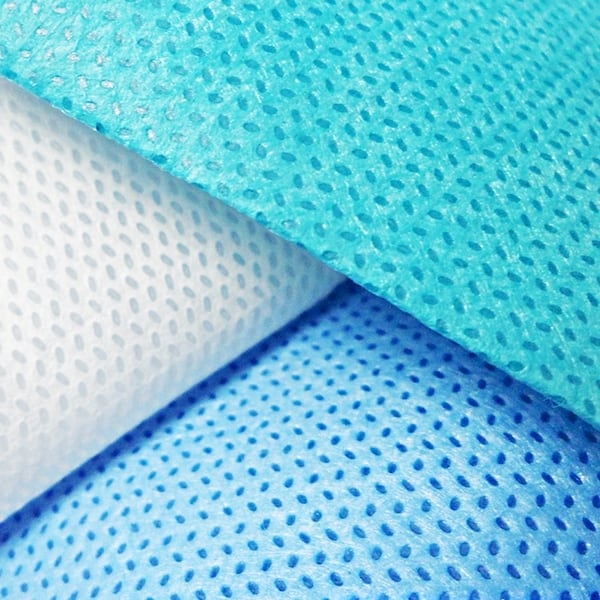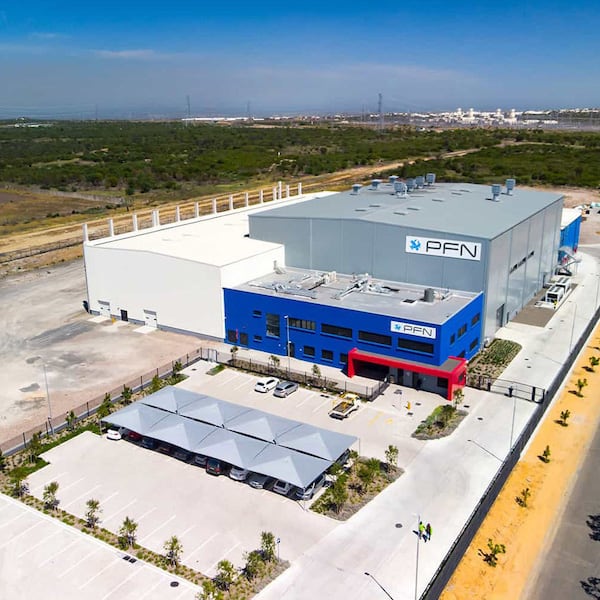Nonwovens are high-tech engineered fabrics that are employed in a wide range of products and applications. Flat, porous sheets manufactured directly from individual fibers or molten plastic or plastic film serve as these substrates.
They are not manufactured by weaving or knitting process, and there is no need for fibers to be converted into yarn. While the nonwoven and textile industries have certain similarities, the nonwoven industry has evolved to offer various products powered by high-speed, low-cost, innovative, value-added processes.
The nonwoven business has developed an ecosystem based on automation, minimizing reliance on low-cost labor.
Nonwoven Industry in Africa
The market benefits from an increase in hospital-acquired infection (HAI), driving demand for medical nonwovens across the Middle East and Africa. From 2019 through 2026, the Middle East and Africa medical nonwoven markets are expected to grow significantly. If the nonwoven sector in Africa and the Middle East is properly targeted after the Covid-19 problem, there is much room for growth.
Due to the current Covid-19 situation, the disposable nonwoven segment will be the torchbearer of success for emerging markets as well as developed economies within the entire nonwovens industry. Because of the medical and hygiene, as well as the plastic industry, Africa has a lot of promise for nonwoven growth.
Additionally, rising people’s spending power in the region might be a significant growth driver for the region’s nonwoven industry. Increased demand for nonwoven products in the area will be aided by population growth, urbanization, and increased awareness. The raw materials for the sector are entirely imported as granules. 30,000 and 100,000 people are directly and indirectly employed in the African nonwovens industry, respectively.
Annual growth in the filtration, medical/surgical, and construction industries are expected to be above average. Nonwovens will benefit from increased market penetration in all cases, displacing woven textiles in most cases. Nonwovens used as filtration media, geotextiles, and roofing will benefit from favorable manufacturing and construction activities. Furthermore, the use of nonwovens in medical/surgical products will be bolstered by an aging population, as medical procedures become more common as people get older.
Kenya is the most economically developing country in East Africa, and its GDP (Gross Domestic Product) is 50% of the total of East African Nations. It is the leading importer of nonwoven raw materials and finished goods in East Africa. After the Ministry of Environment and Natural Resources banned plastic bags, nonwoven bags became the preferred alternative.
There is now a rising demand for a far broader range of things created from this environmentally beneficial material. Since 1994, around US$900 million has been spent on modernizing and improving this industry in order to make it more efficient, internationally competitive, and ready to compete on a global scale. China, India, and UAE are Kenya’s biggest trade partners. Kenya’s nonwoven sector indirectly influences overall economic performance through its contribution to GDP.
Increased Nonwoven sector growth has been associated with periods of high economic growth. Kenya is the Nonwoven Tech Africa Exhibition and Conference host, which will take place on February 23, 24, and 25, 2022.
The potential of the nonwoven industry in Africa leads to some investments by foreign producers. For instance, PFNonwovens, a nonwoven fabric manufacturer based in the Czech Republic, is expanding its South African operations in Cape Town and has pledged to invest at least $42.3 million.
PFN’s market-leading position as South Africa’s largest spun-melt producer will be strengthened due to this investment. “This investment is in line with the firm’s aim to expand its hygiene and medical markets on the African continent while also providing a foundation for exports to neighboring regions,” says the company.
According to PFN South Africa’s director, this company is the first to invest in the latest Reicofil’s R5 machinery in South Africa. This investment allows for more sustainable and flexible production to meet the growing needs of both global and local clients as well as localize manufacturing.
To sum up, the nonwoven industry has proven to be adaptable, creative, and fiercely opportunistic. Shortly, a variety of nonwoven products may be available to replace traditional textiles, providing an opportunity for nonwoven business, and on the other hand, a threat to other sectors. Africa is one of the promising regions having great potentials in the nonwoven industry. The investment of some reputable foreign companies producing nonwovens in Africa is a compelling example.



































